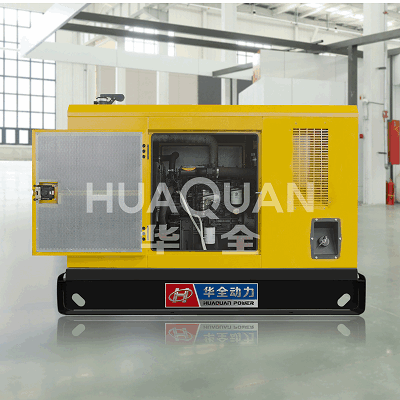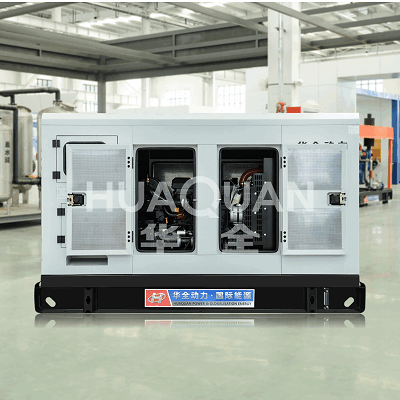A silent generator is a noise-reducing power solution designed to operate at decibel levels far below traditional generators. By integrating, advanced mufflers, and low-RPM engines, these units minimize disruption, making them ideal for noise-sensitive environments. Let’s explore their mechanics, benefits, and applications.

How Do Silent Generators Work?
Silent generators prioritize noise reduction through:
- Acoustic Enclosures: Insulated casings lined with sound-dampening foam.
- Low-RPM Engines: Slow-spinning motors produce less vibration.
- Multi-Stage Mufflers: Exhaust systems muffle engine noise.
- Inverter Technology: Stabilizes power output while reducing noise spikes.
Process:
- Fuel (gasoline, diesel, or propane) powers the engine, which spins an alternator to generate electricity.
- Inverter models convert raw power to clean, stable energy for sensitive devices.
Common Types of Silent Generators
- Portable Silent Generators
- Wattage: 1,000–4,000W.
- Use: Camping, RV power, outdoor events.
- Features: Lightweight, wheel-mounted, and USB outlets.
- Standby Silent Generators
- Wattage: 5,000–20,000W+.
- Use: Home backup, hospitals, offices.
- Features: Automatic transfer switches, diesel fuel.
- Industrial Silent Generators
- Wattage: 30,000W+.
- Use: Construction sites, concerts, film shoots.
- Features: Heavy-duty frames, towable designs.
Key Applications
- Residential Use
- Power homes during outages without disturbing neighbors.
- Run AC, fridges, and medical devices quietly.
- Commercial Spaces
- Offices, restaurants, and retail stores maintain operations discreetly.
- Outdoor Events
- Weddings, festivals, and corporate gatherings avoid noise complaints.
- Construction Sites
- Power tools and lighting without violating noise ordinances.
- Healthcare
- Hospitals and clinics require uninterrupted, silent power.
Advantages of Silent Generators
- Noise Reduction: Operate at 50–70 dB (quieter than a vacuum cleaner).
- Portability: Compact designs for easy transport.
- Fuel Efficiency: Inverter models adjust engine speed to load, saving fuel.
- Clean Power: Stable output for laptops, phones, and TVs.
Limitations to Consider
- Cost: Premium models cost 30–50% more than traditional generators.
- Weight: Noise-dampening materials add bulk.
- Maintenance: Complex enclosures may complicate repairs.
Maintenance Tips for Longevity
- Regular Inspections
- Check for fuel leaks, loose bolts, or frayed cables.
- Oil Changes
- Replace every 50–100 hours (check the manual).
- Air Filter Care
- Clean or replace filters to prevent engine strain.
- Battery Health
- Test electric-start models annually.
- Storage
- Keep in a dry, ventilated area; use a cover to block dust.
The Future of Silent Generators
Innovations focus on:
- Solar-Hybrid Models: Combine fuel with solar panels for eco-friendly power.
- Smart Connectivity: Monitor fuel levels and runtime via apps.
- Hybrid Engines: Reduce emissions while maintaining quiet operation.
Conclusion
Silent generators are a game-changer for noise-sensitive environments, from backyard parties to hospital backups. By balancing portability, efficiency, and whisper-quiet operation, they offer a premium power solution. While they require a higher upfront investment, their durability and clean power make them worthwhile for homeowners, event planners, and businesses alike. Always prioritize regular maintenance to ensure years of reliable, disruption-free energy.
More information: http://www.huaquan168.com/


